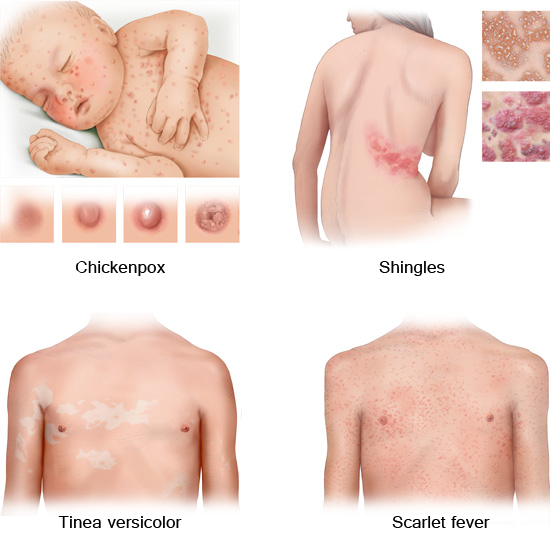What happens during a skin examination?
Our skin is our largest organ. It protects our body from head to toe. Although changes in the skin can be harmless, they may also be signs of various medical conditions, ranging from a childhood illness with a rash, to an allergy, chronic skin condition, a skin infection, or a benign or cancerous tumor. Mental health issues and side effects of medication can affect your skin too. Skin problems are sometimes caused by several things that can also make each other worse.
If you have skin problems that cause bothersome symptoms or notice any unusual changes, it’s a good idea to see a doctor. If family doctors come across skin changes, rashes or a large number of moles during a physical examination, they usually refer their patients to a skin specialist (dermatologist).

